What should Australian publicly funded art galleries and museums show? There are three certainties in life when it’s summertime in Australia: bushfires, the cricket and blockbuster exhibitions at the major Australian publicly funded art galleries and museums. The shortlist for this summer includes Keith Haring | Jean-Michel Basquiat: Crossing Lines at the National Gallery of Victoria in Melbourne, Japan Supernatural at the Art Gallery of New South Wales in Sydney, Matisse and Picasso at the National Gallery of Australia in Canberra and Water at the Queensland Art Gallery/Gallery of Modern Art in Brisbane. In the best blockbuster fashion, these are all exhibitions with an international focus and reliant on high-profile international loans. Of all Australian galleries, it is only the National Gallery of Victoria that belongs to the international big-time league, boasting almost 3 million visitors a year, and it is included in the top twenty most-visited art museums in the world. The runner-up is the Sydney gallery with 1.3 million people visiting its building in the Domain. Melbourne’s dominance means that in its international blockbuster exhibitions, it can mount shows that would hold their own on any international stage, whether it be the Tate in London, the Beaubourg in Paris or the Museum of Modern Art in New York. This is certainly true of its current Haring/Basquiat show. Having seen a number of exhibitions devoted to these artists, in the depth of its loans and the boldness of the installation, the Melbourne show is outstanding and compares well with any parallel exhibitions. In many ways, the show is defiant, provocative and the gallery does not feel obliged to hang the fig leaf to conceal any part of its agenda. The same cannot be said of others in the current crop of exhibitions, which are undoubtedly studded with individual gems, but at best will tour to the National Gallery of Singapore. This is not a criticism, but a statement of fact – most of the state galleries simply lack the budget and the pull to compete with the adults in the room. Setting aside the example of Melbourne, my main question is – should the state art galleries and museums be mounting exhibitions where they will always be second best or should they only mount exhibitions that will be the best in the world? There is an imperative placed on most public art galleries to be part of cultural tourism, bring revenue into the local economy and to mount glittering shows of exotic novelties that should amuse the crowds. I am not really sold on this idea. If taxpayers’ dollars fund these institutions, should they not be considered as educational and cultural institutions whose charter should clearly state that they should mount exhibitions that are of great national or state significance. In most instances, these would be exhibitions that could not be staged at this level of excellence anywhere else in the world. This would mean major exhibitions on all aspects of Australian art, including Indigenous art, Oceanic art, Australasian art, Pacific Rim art and some aspects of Asian art, especially that of southeast Asian art. I already anticipate howls of disagreement – elitist, provincial and narrow-minded. The tourist sector (that is always struggling in any media release) would strongly disagree as would the revenue-hungry local government. Diplomatic and aspiring art gallery directors will in conciliatory tones say, “surely we can do both – popularist blockbusters and scholarly focused exhibitions of Australian art and art of our region”. Sadly, in most instances it is difficult to do both – it is a case of carefully juggling limited resources (financial and curatorial), limited space and limited publicity dollars. For us to do what I would like to happen, we would require a substantial increase in funding for our public art spaces and yet we are living in a political climate where the Liberal and National Coalition federal government has abolished any ministry with the name ‘arts’ in it. What hope is there for the arts to flourish and grow in this climate? At the same time as the National Gallery of Australia in Canberra launched its credible, beautifully presented but slightly low on substance Matisse and Picasso show, it opened a most amazing exhibition devoted to the art of Hugh Ramsay. It is a definitive exhibition that explores an extraordinary Australian artist who, despite dying at 28, achieved so much and competed with the best in the world. The NGA needs to be applauded for this superb exhibition (with no admission charges) and the good scholarly monographic catalogue, yet I am certain that the publicity budget for this exhibition is only a fraction of that devoted to its blockbuster counterpart. Sadly, many in the art world will remain unaware of the significance of the Ramsay exhibition – or even its existence. Likewise in Sydney, beyond the hype associated with the spooky Japanese, Quilty is the major Australian show that should warrant the focus of attention from the art community. While opinion on the merits of Ben Quilty may be divided, this is certainly a major exhibition for this very high-profile Australian artist. There are scores of Australian artists (especially women artists) and artists from our region that are desperately in need of major serious exhibitions. Many of these are very exciting artists, considerably more interesting than their over-promoted cousins overseas, and it should be the role of our public art institutions to educate the public in their appreciation. Yes, this may be a utopian dream that one day we may catch up with what is happening in many art galleries around the world, but dream we must, especially when the local product is frequently superior to the relatively minor trinkets imported from abroad at great cost.
2 Comments
|
GRISHIN'S ART BLOG
Sasha Grishin AM, FAHA is the author of more than 25 books on art, including Australian Art: A History, and has served as the art critic for The Canberra Times for forty years. He is an Emeritus Professor at the Australian National University, Canberra; Guest Curator at the National Gallery of Victoria, Melbourne; and Honorary Principal Fellow, Faculty of Arts, at the University of Melbourne. Archives
September 2023
Categories
Keep up-to-date with Sasha Grishin's blog with the RSS feed.
RSS offers ease of access and ensures your privacy, as you do not need to subscribe with an email address. Click here to download a free feed reader |
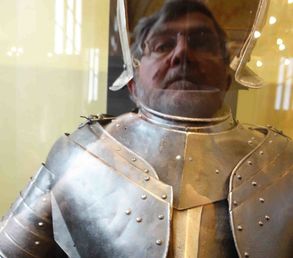
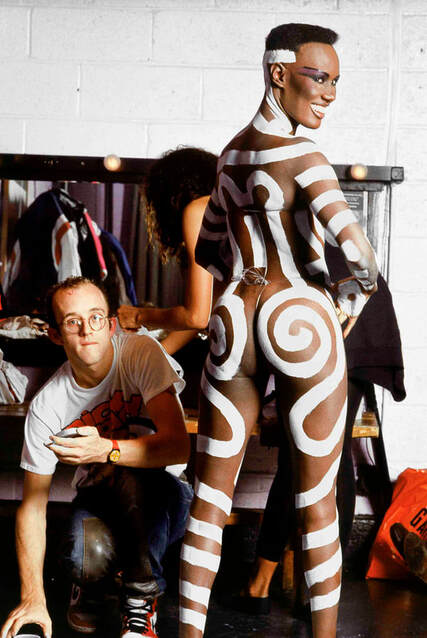
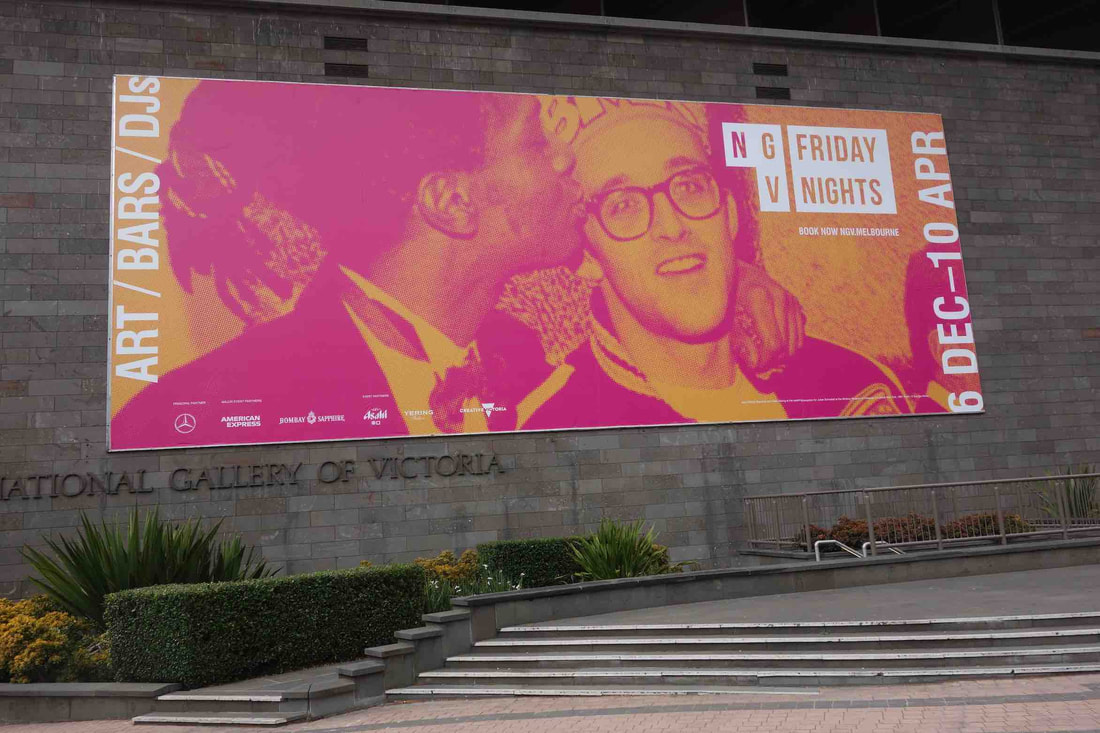
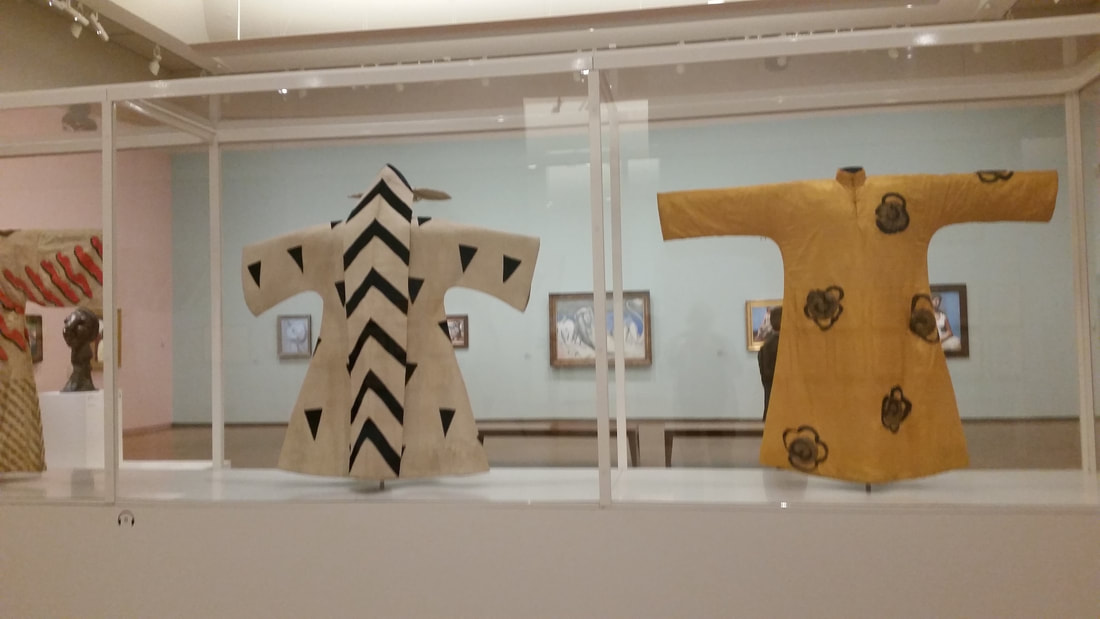
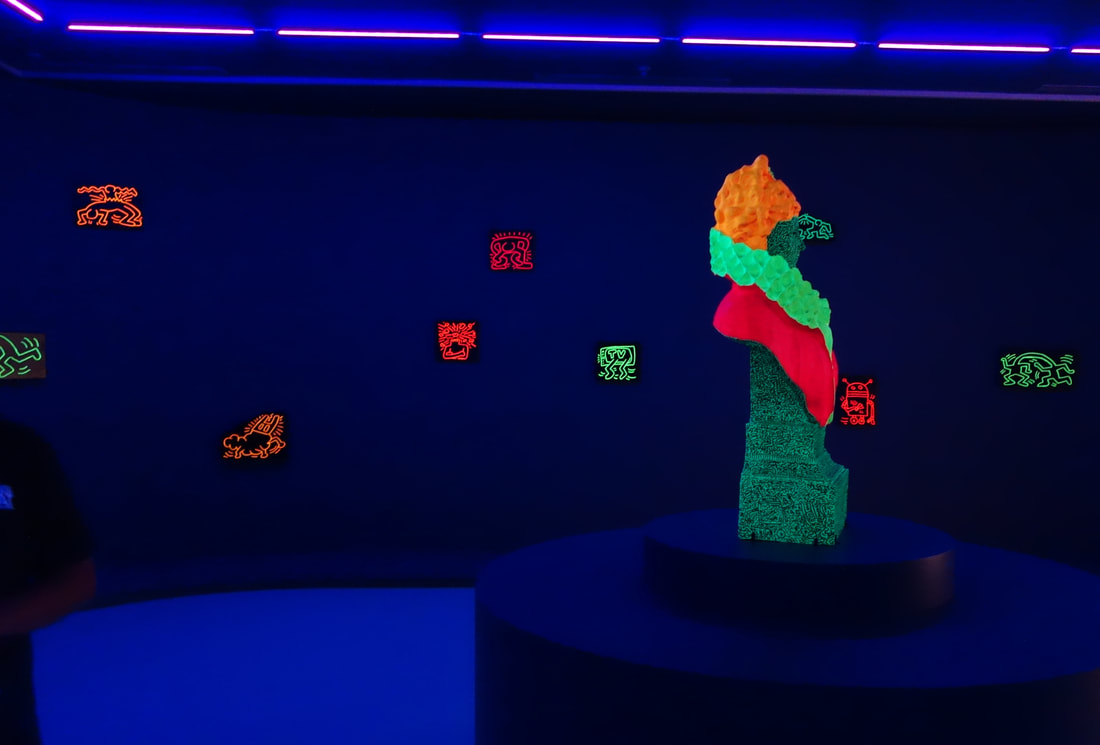

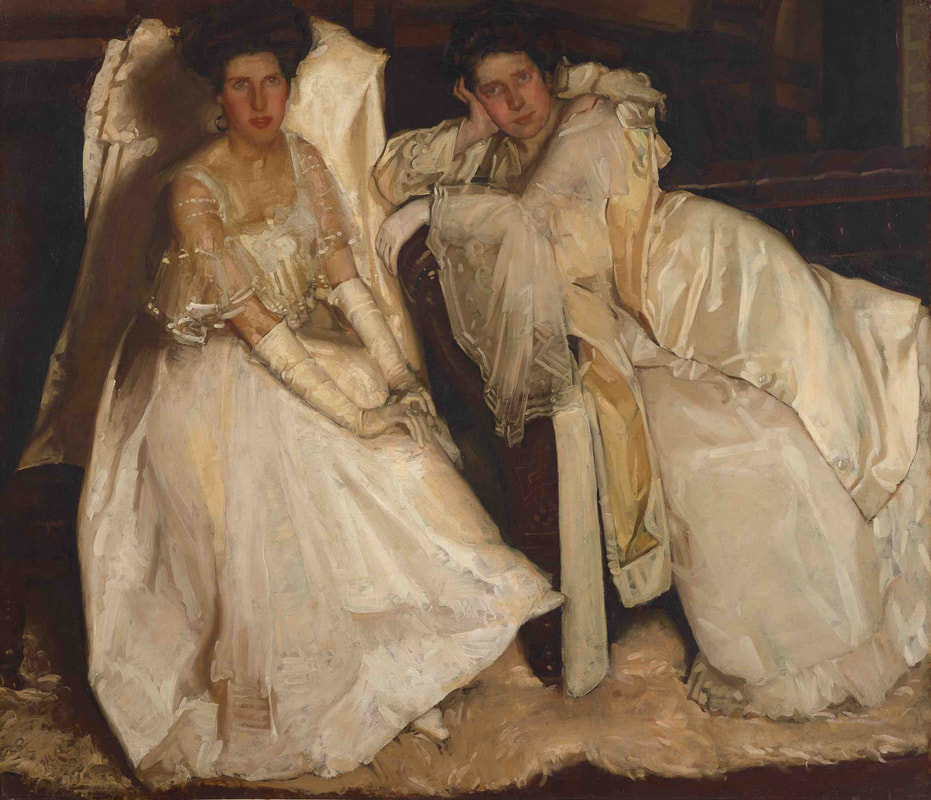
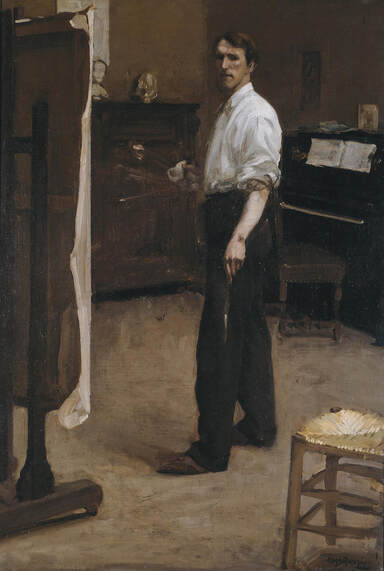
 RSS Feed
RSS Feed